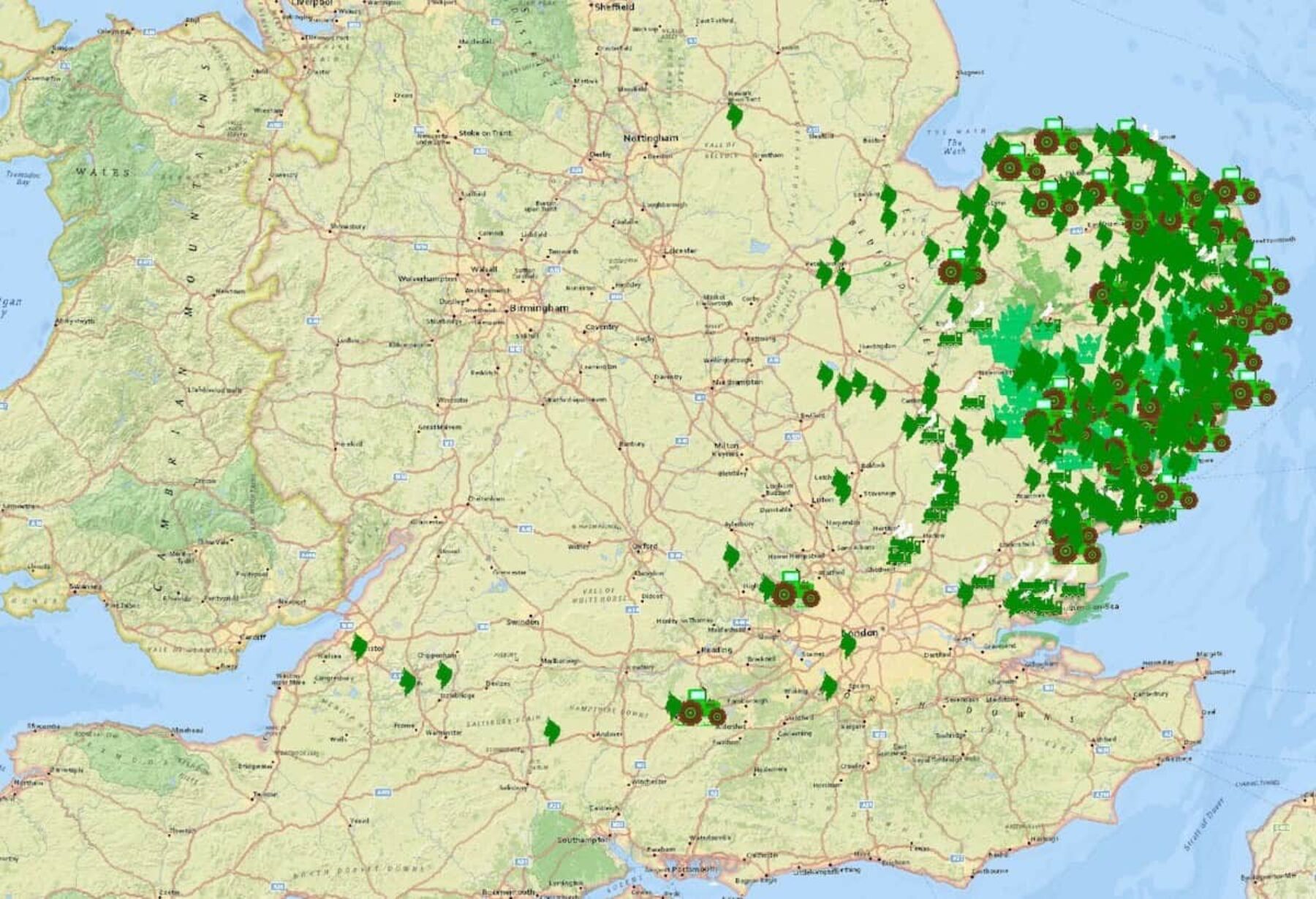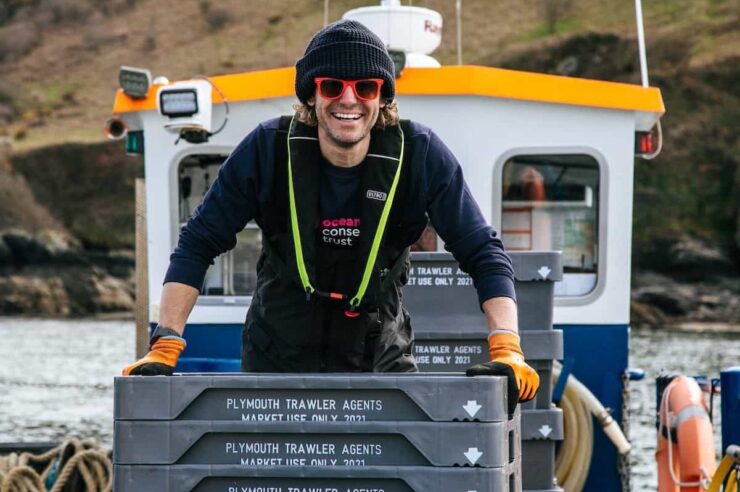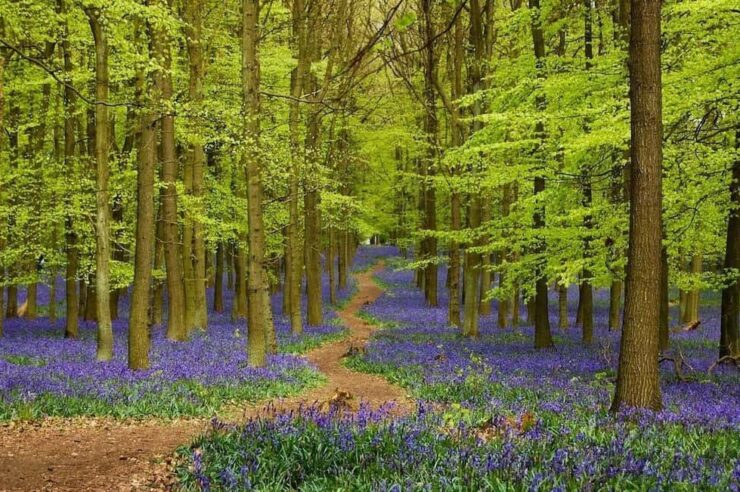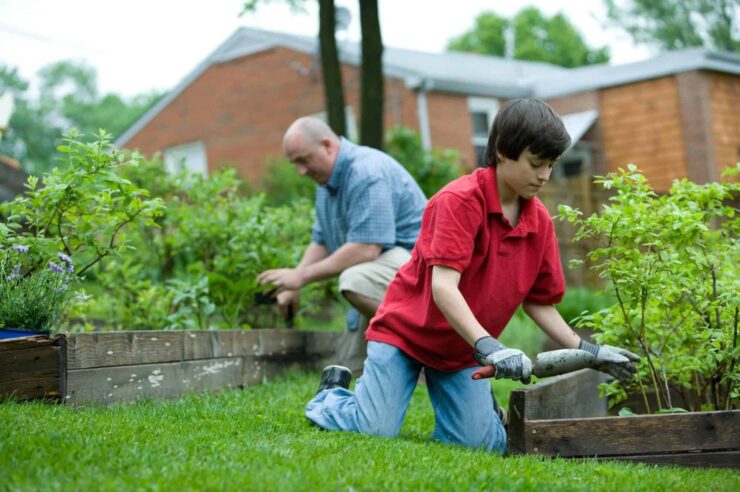More than 1,000 landowners in East Anglia are taking part in an ambitious rewilding project, which is being led by three farmers
Each green splodge on the map above represents a promise to nature. A promise to provide it with more space to thrive in a corner of England where wildlife has, as in many places, been pushed to the fringes.
East Anglian farmers, homeowners, schools, councils, churches and energy companies are among the landowners who have pinned plots to the ‘map of dreams’, and in doing so committed to setting aside a sliver of land for wildlife.
It’s all part of the Wild East campaign, which wants to return 20 per cent of East Anglia (roughly 250,000 hectares) to nature by 2070. The project was launched by three farmers – Hugh Somerleyton, Argus Hardy and Olly Birkbeck – who were motivated to act by the climate emergency, the biodiversity crisis and the sheer joy of watching wildlife thrive in the English countryside.
Where Wild East differs from other rewilding projects is its scope. Rather than focusing on a specific area of land, it aims to create a network of habitats across an entire region, encompassing anything from churchyards to farmyards.
“In order to have a nature recovery it cannot exist in hotspots, it has to exist everywhere,” Somerleyton told Positive News, when Wild East launched last summer. “We want to focus on a little nature everywhere rather than a lot of nature in one area.”
A year on, the campaign has garnered more than 1,000 pledges from landowners, including 82 farmers. Somerleyton had hoped to get more of his colleagues onboard, but acknowledges that this was always going to be difficult given the pressures farmers are under.
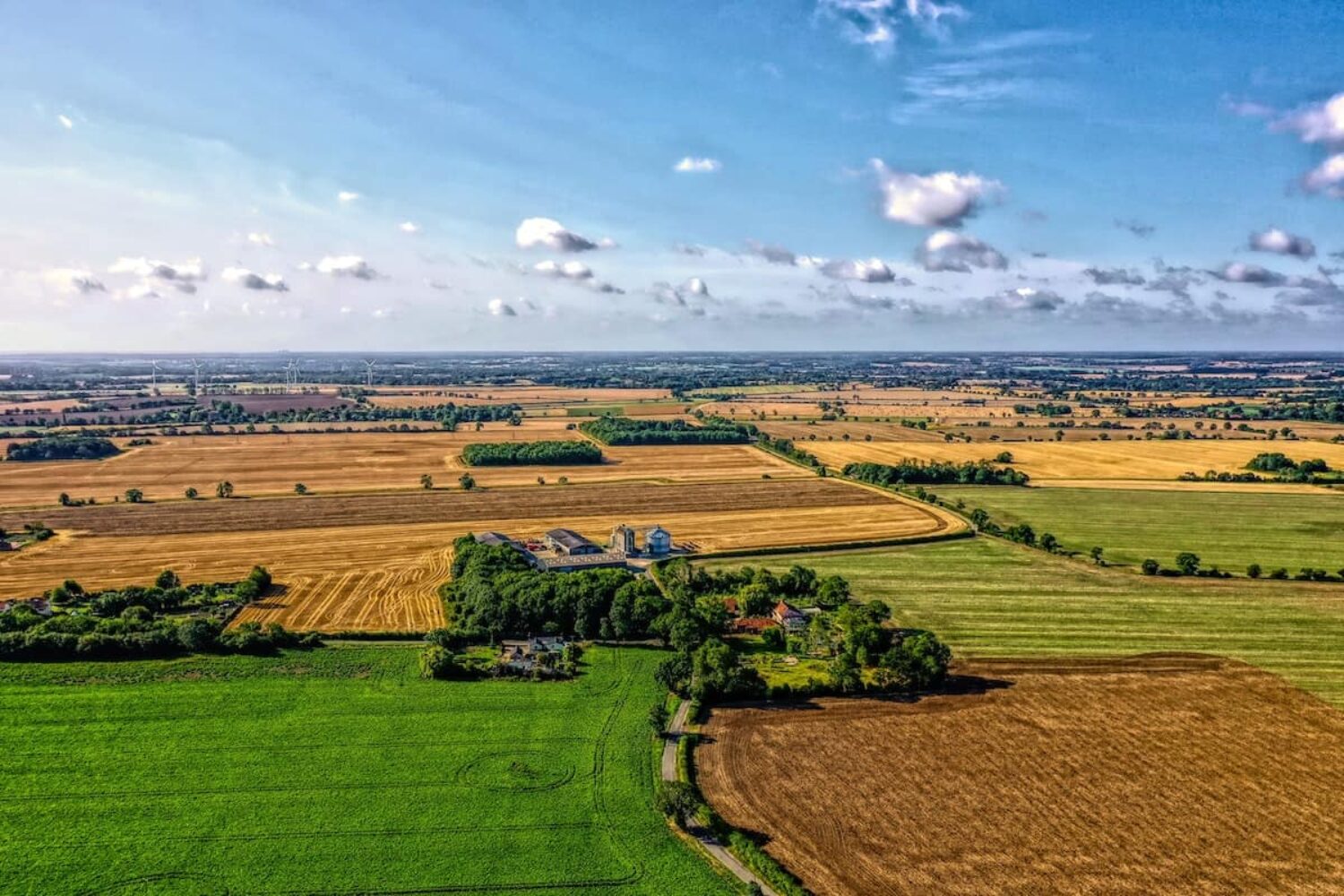
Wild East wants to create more space for nature in East Anglia, where farming dominates. Image: Niklas Weiss
“That was frustrating,” he admitted. “However, it has been heartwarming that lots of organisations we didn’t expect [made the pledge]. We didn’t think about the Greater Anglia railway network, or the Church of England, or the National Trust, or big energy companies when we launched.” But they have all bought into the project.
One farmer who made the pledge is Peter Thompson from Essex. Having witnessed a dramatic decline in nature on his 700-acre farm, he expanded existing conservation sites on his land, and created corridors between them and similar habitats on neighbouring farms. He also planted orchards and reintroduced a small number of cattle, which he says have a role to play in regenerative farming.
Thompson believes that such measures have boosted biodiversity. “Last year we saw turtle doves back on the farm, the year before we saw otters for the first time in generations,” he said. “Barn, tawny and little owls frequent the farm, and we have a plethora of water birds, too many to mention. It feels like life is returning but it is small steps.”
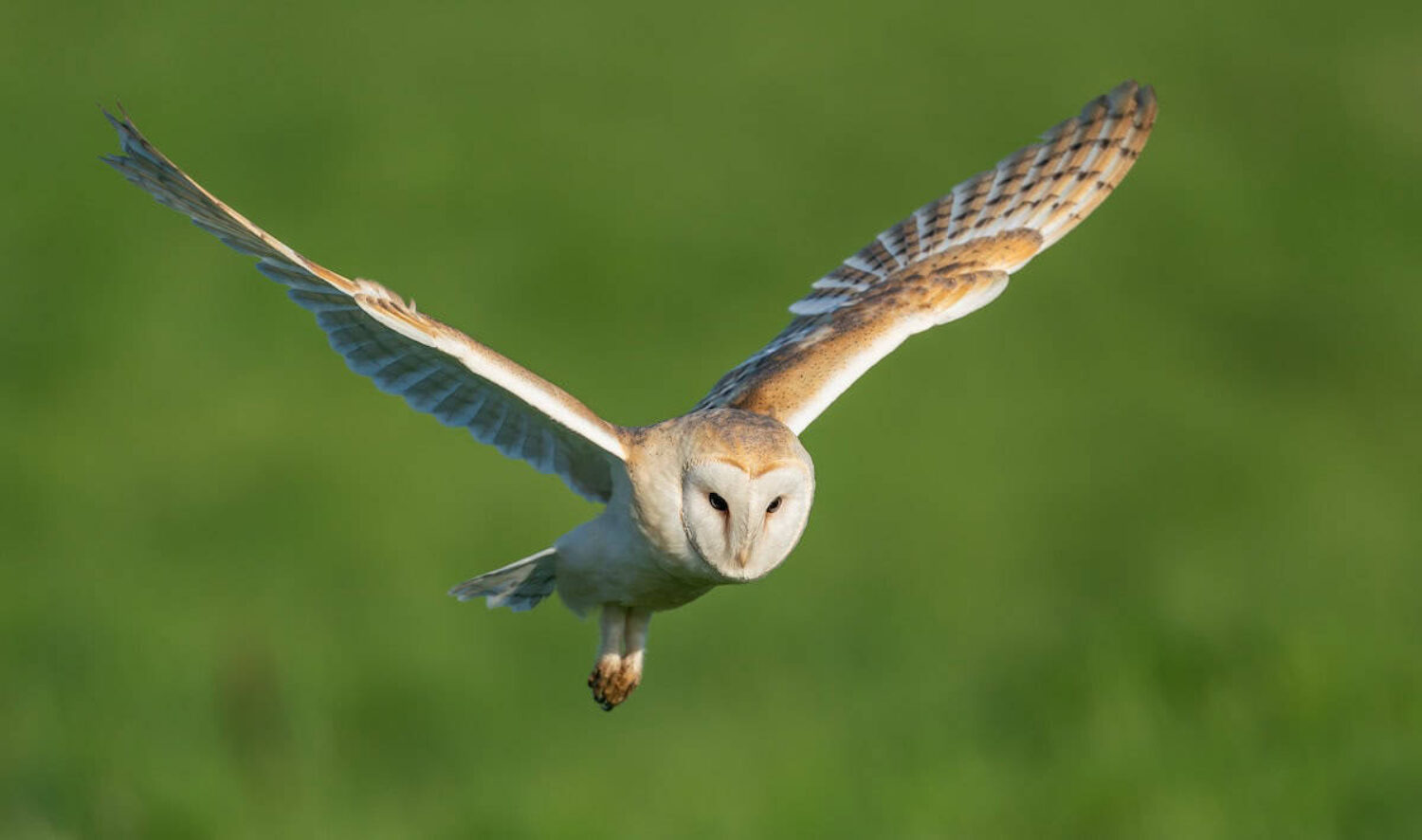
Barn owls are among the species that have been spotted on rewilded land. Image: Bob Brewer
Former Times journalist Daisy Greenwell also made the pledge after becoming profoundly sad about the demise of wildlife. The rewilding movement brought her hope, and inspired her to let nature “run riot” on the 45 acres surrounding her Suffolk home.
So far, Greenwell, her husband and three children have taken a passive approach to rewilding, by simply letting nature reclaim the land on its own. “There is something beautifully simple in the relinquishing of control to nature, of trusting that nature knows best, that it will rebound with astonishing speed if only we let it,” she said.
Charting the progress of the Wild East campaign is the charity Map Aid, which created the ‘map of dreams’ to provide a visual representation of the region’s participating rewilding projects. (Some enthusiastic rewilders from beyond East Anglia have also added plots to the map).
“One day we hope to give it a video game feel, so that people can fly around the map, and Mrs Jones, or a group of school children, or the person at No.10, can effortlessly see what has been done, and what more needs to be done,” said the charity’s Rupert Douglas-Bate. “It’s deeply heartening that so many people are signing up.”
Main image: Map Aid
